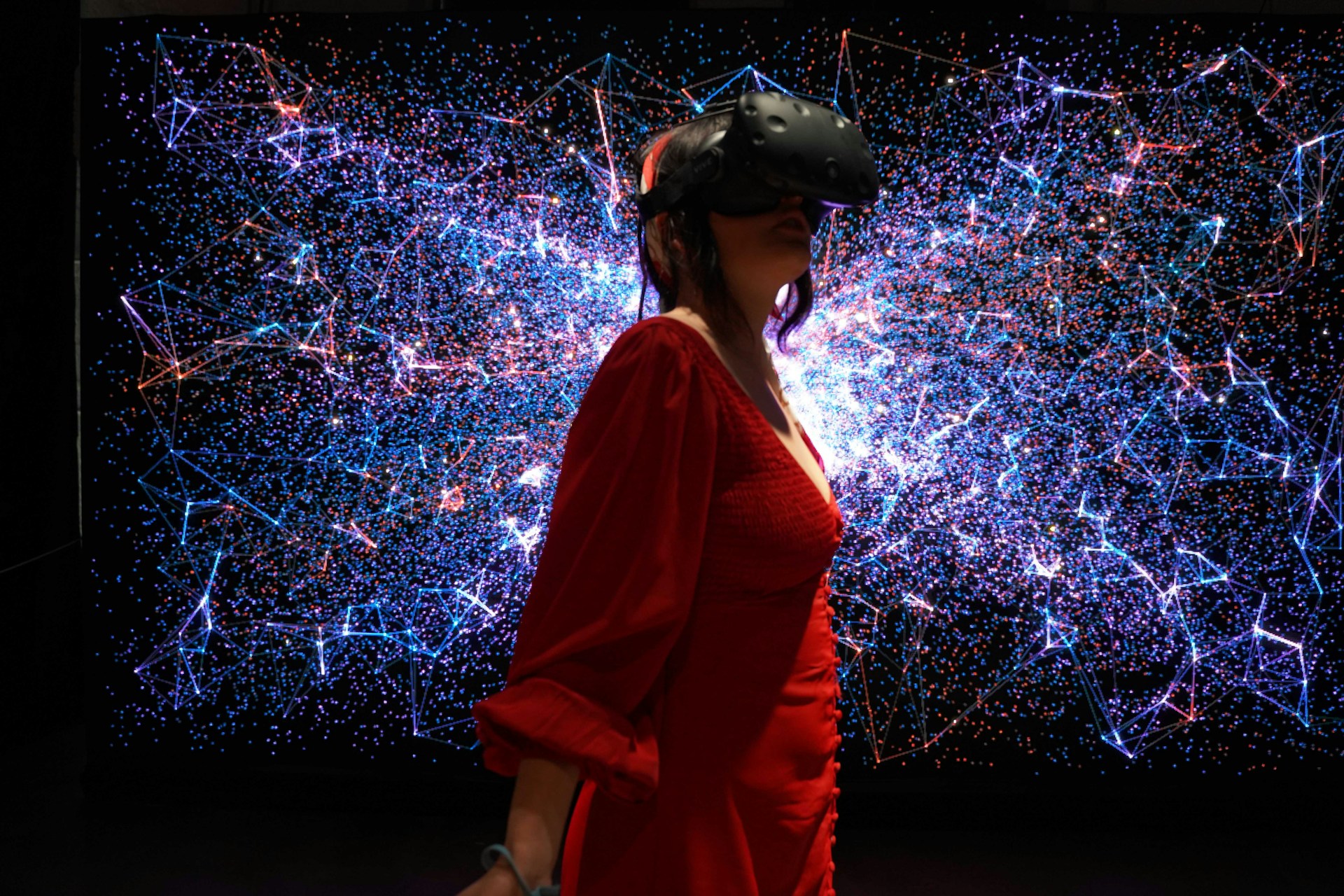Virtual Reality (VR) gaming has opened up new horizons for game developers and designers alike. The immersive environments and interactive elements create new possibilities for player engagement. However, designing user-friendly navigation menus in VR games can be complex. This article delves into key considerations that ensure your VR game menus are intuitive, accessible, and enhance the overall user experience.
Understanding the User Experience in VR
In the realm of virtual reality, the user experience (UX) is paramount. Unlike traditional gaming, VR offers a 360-degree field of view and heightened sensory engagement, posing unique challenges and opportunities for game designers.
Dans le meme genre : What are the best practices for optimizing game textures for devices with limited memory?
When creating VR games, it’s essential to think from the player’s perspective. Users should feel immersed and comfortable, without the burden of complex navigation. Design elements must be seamless and intuitive, making the player’s journey through the game enjoyable rather than frustrating.
User-friendly VR navigation menus should blend effortlessly with the virtual environment. The key is to create an interface that allows the player to focus on the gameplay, not on figuring out how to interact with the menu. Ergonomics play a significant role here; the design principles should consider the natural movements and reactions of the player.
A lire également : How can developers ensure accurate collision detection in high-speed racing games?
Furthermore, understanding spatial design and ensuring that the virtual environment doesn’t induce motion sickness is critical. A well-designed VR game keeps the player engaged and at ease, enhancing the gaming experience rather than detracting from it.
Principles of User Interface Design in VR Games
User interface (UI) design in VR games differs significantly from traditional 2D interfaces. The transition from a flat screen to a 3D space means that designers must rethink how they present information and interact with players.
One of the primary principles of UI design in VR is spatial awareness. The interface elements should be placed in the player’s field of view without obstructing critical visual cues from the game. The design must be intuitive, guiding the player naturally through the navigation process.
Interactive elements, such as buttons and icons, should be easily accessible and large enough to be operated without precision difficulty. This ensures that the player can interact with the menu quickly and efficiently, reducing frustration and enhancing the flow of gameplay.
Moreover, VR interfaces should follow best practices in usability. This includes clear labeling, logical grouping of menu items, and providing feedback for user actions. Game designers must also consider the cognitive load, ensuring that menus are not overwhelming and that players can easily find the information they need.
Visual design should be aligned with the game’s art style, creating a cohesive experience. The use of color, contrast, and typography should enhance readability and focus, helping players navigate through the menu effortlessly.
Creating Immersive and Intuitive Navigation Menus
The goal of any VR game design is to create an immersive experience that draws players into the virtual world. For navigation menus, this means integrating them seamlessly into the game environment.
One effective approach is to use diegetic interfaces, where the navigation menu is part of the game world. For instance, a menu could appear as a holographic display within the game, accessible through natural movements like hand gestures. This method keeps the player immersed and reduces the disruption of the gaming experience.
When designing menus, consider the player’s field of view and physical space. Menus should be easily accessible without requiring excessive head movement or causing neck strain. Floating menus that follow the player’s gaze or hand movements can provide a user-friendly solution.
The tactile feedback is also an important consideration. Haptic feedback can enhance the realism of interactions, giving players a physical sense of pressing buttons or selecting options. This feedback helps ground the player in the virtual environment and makes the navigation process more intuitive.
Additionally, providing multiple navigation options, such as voice commands, can cater to different player preferences and accessibility needs. By offering various interaction methods, you ensure that the menu system is inclusive and user-friendly for all players.
Addressing Motion Sickness and Comfort
One of the challenges unique to virtual reality games is motion sickness. Poorly designed navigation menus can exacerbate this issue, leading to discomfort and a negative gaming experience. Therefore, it is crucial to address motion sickness in the development game phase.
To minimize motion sickness, avoid sudden movements or drastic changes in perspective within the navigation menus. Smooth transitions and subtle animations help maintain the player’s sense of balance and orientation. Keeping the navigation elements stable and within the player’s immediate view reduces disorientation.
Additionally, consider the duration and frequency of menu interactions. Long or frequent interactions can strain the player’s eyes and cause discomfort. Designing short, efficient navigation processes helps maintain player comfort and immersion.
Field of view also plays a role in motion sickness. Wider fields of view can reduce the perception of movement and help stabilize the player’s sense of space. Ensuring that navigation elements are not placed too far to the periphery can prevent unnecessary head movements and reduce the risk of motion sickness.
Best Practices for Designing User-Friendly VR Game Menus
To create a user-friendly navigation menu for VR games, game developers should adhere to several best practices. These principles ensure that the menus are not only functional but also enhance the overall gaming experience.
- Consistency: Maintain a consistent design language across all menus. This includes visual elements, interaction methods, and feedback mechanisms. Consistency helps players learn and navigate the system more efficiently.
- Accessibility: Design with accessibility in mind. This includes providing multiple input methods, such as hand controllers and voice commands, and ensuring that text is readable and controls are reachable for all players.
- Feedback: Provide clear and immediate feedback for all user actions. This could be visual cues, such as highlighting selected options, or haptic feedback, like vibrations when a button is pressed. Feedback reinforces the player’s actions and helps them understand the system.
- Simplicity: Keep the navigation menus simple and uncluttered. Avoid overwhelming players with too many options or complex layouts. Group related items together and use clear, concise labels.
- Testing: Conduct thorough user testing to identify and address any usability issues. Gather feedback from a diverse group of players to ensure that the navigation menu is intuitive and user-friendly for everyone.
By following these best practices, game designers can create navigation menus that not only meet the functional requirements but also enhance the overall user experience in VR games.
Designing user-friendly navigation menus in VR games requires a deep understanding of the player experience and the unique challenges posed by virtual environments. By focusing on intuitive design, spatial awareness, and player comfort, game developers can create menus that enhance the overall gaming experience.
The principles of interface design, immersion, and accessibility are critical in ensuring that players can navigate the game effortlessly. Addressing motion sickness and providing clear feedback further contribute to a positive user experience.
Ultimately, the goal is to create a seamless and enjoyable gaming experience where the navigation menus support, rather than detract from, the player’s immersion in the virtual world. By adhering to best practices and prioritizing the user experience, you can design VR game menus that are both functional and engaging, providing players with an unforgettable virtual reality adventure.









